Description
Pudina, Mentha Spicata, Mint Plant
Mentha spicata is commonnly known as Pudina, Mint, and Pepermint, also known as spearmintis wildly cultivated worldwide for its remarkable aroma and commercial value. In addition to traditional foods flavoring agent, M. spicata is well known for its traditional medicinal uses, particularly for the treatment of cold, cough, asthma, fever, obesity, jaundice, and digestive problems.
Mentha spicata, is a European and Asian perennial herb. It is a tough plant that can grow in a wide range of soil types and climates, but it prefers a temperate climate with plenty of sunlight. The plant can grow to be about 2-3 feet tall and has small, purple flowers that bloom in the summer. Pinch off the flowers as they appear to encourage the plant to grow more leaves. Because it is easy to grow and maintain, spearmint is a popular choice for gardens.
- Pinch off the flowers as they appear to encourage the plant to grow more leaves.
- Prune the plant regularly to promote new growth and prevent it from becoming leggy.
- Spearmint can be susceptible to pests such as aphids and slugs. Keep an eye out for these and treat as needed with an appropriate pest control product.
- Spearmint can spread quickly and become invasive, so it is a good idea to plant it in a container or to contain it in some other way.
- In colder climates, it is a good idea to mulch around the base of the plant to protect it from the cold in the winter.
Uses of Pudina Plant
In India, the fragrant leaves of spearmint are commonly grown for use in cooking and herbal remedies. It’s also a good plant to have around because it’s an effective insect repellent.
Tips for caring for Mentha spicata (spearmint):
- Light: It can grow in partial sun to full sun, but it prefers partial sun.
- Water: Keeping the soil evenly moist but not waterlogged.
- Fertilize: In every 2-4 weeks during the growing season with a balanced liquid fertilizer.
- Soil: Well-draining soil rich in organic matter.


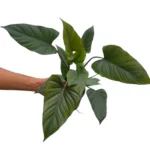
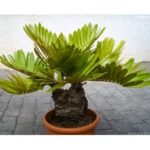
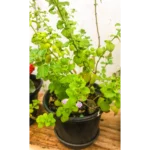
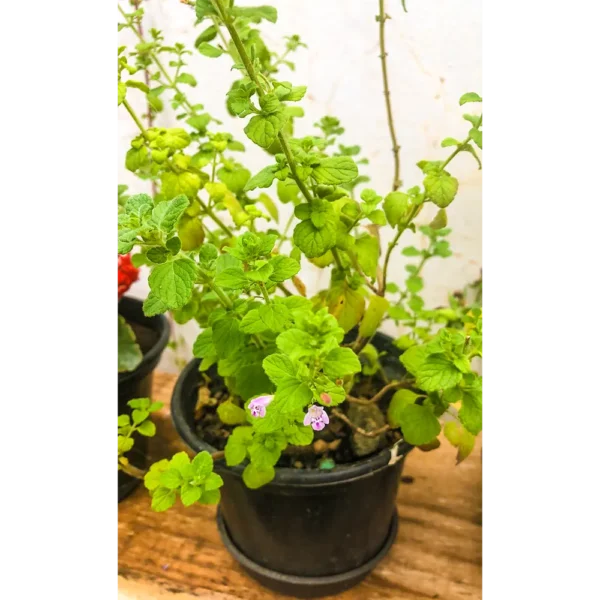



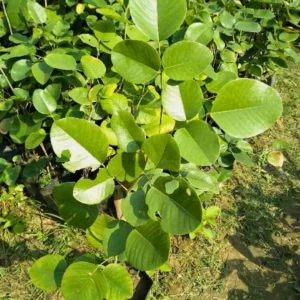
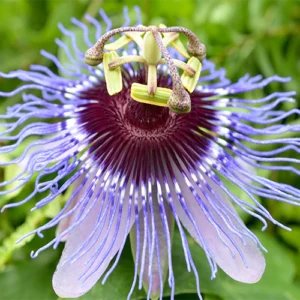
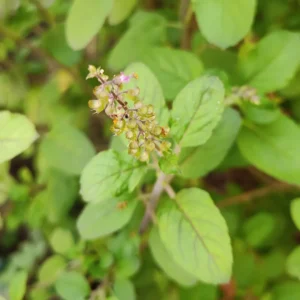
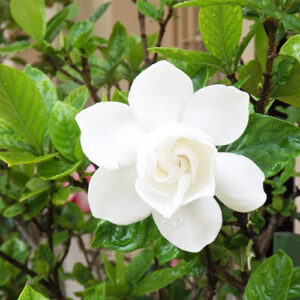

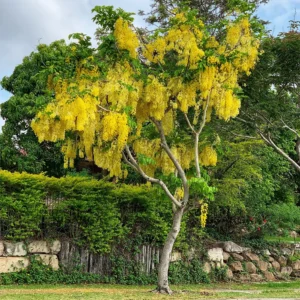
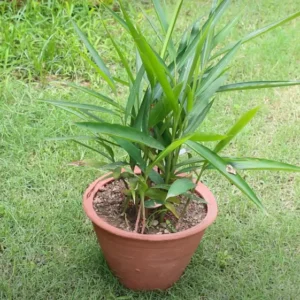

Reviews
There are no reviews yet.